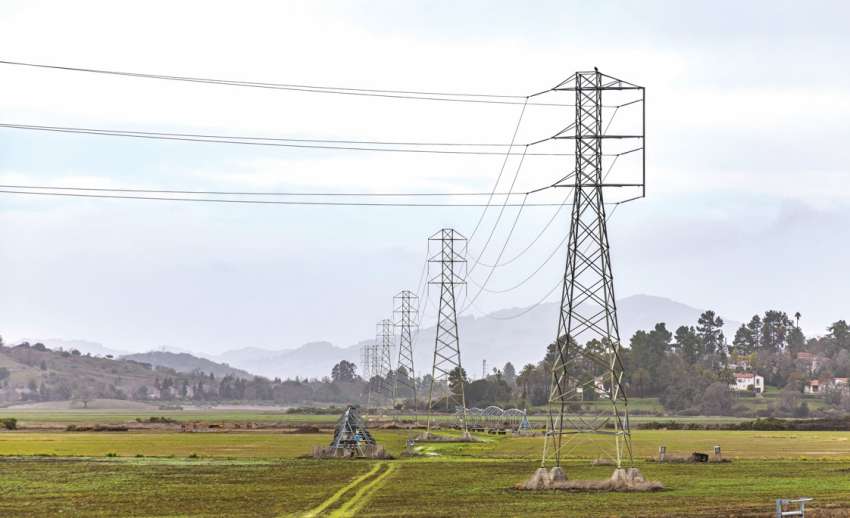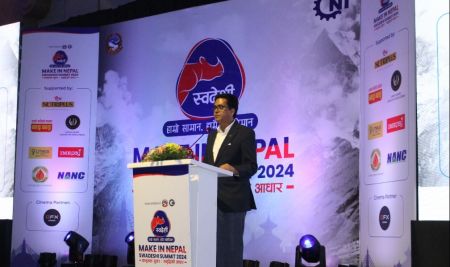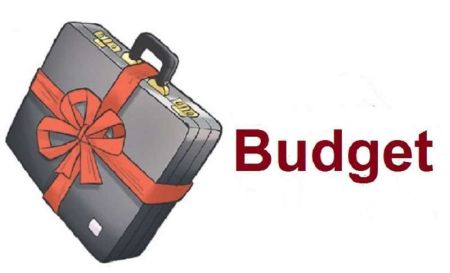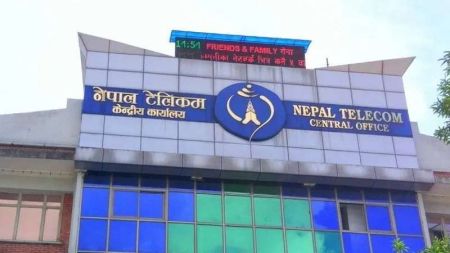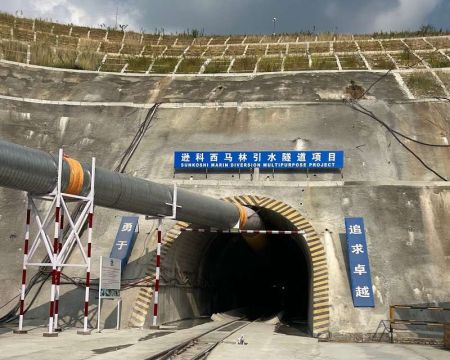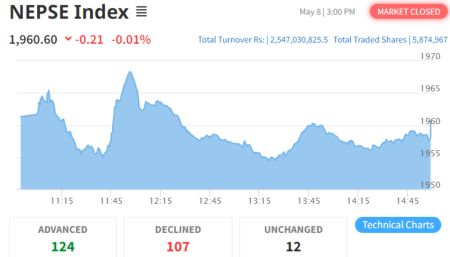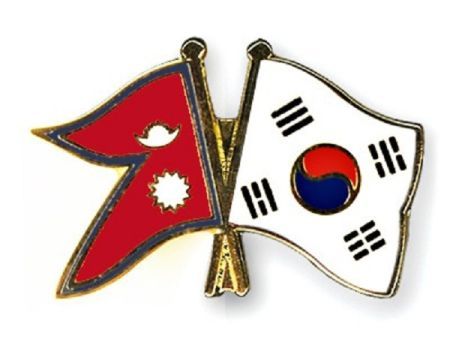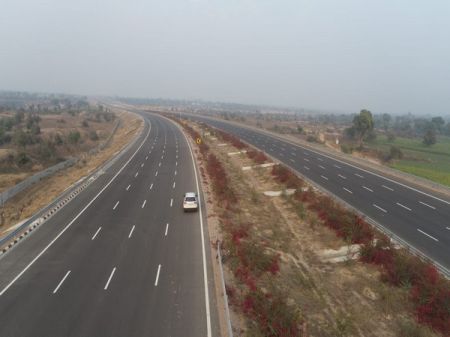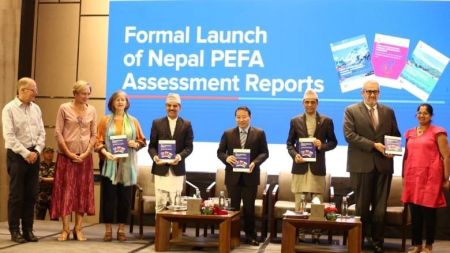Nepal will need to have a production capacity of at least 15,000 MW in order to export 10,000 MW of electricity to India
By Team New Biz
On June 1, Nepal and India entered into an agreement to facilitate electricity trade between the two countries. Under this agreement, India has agreed to import 10,000 MW of power from Nepal over the next 10 years. The agreement was signed during the official visit of Prime Minister Pushpa Kamal Dahal to India on May 31. In the short term, India has agreed to import an additional 1200 MW from Nepal, which includes power generated from the 456 MW Upper Tamakoshi hydropower project. This short-term arrangement is part of the broader plan to enhance bilateral electricity trade between the two nations. The long-term plan involves India importing 10,000 MW of power from Nepal over the next decade. Prime Minister Dahal has highlighted the long-term energy agreement between Nepal and India as the major outcome of his visit. “The most important thing that we emphasised during this visit was the long-term energy agreement given our potential in the power sector,” Dahal said upon his return to Kathmandu. The Managing Director of Nepal Electricity Authority (NEA), Kulman Ghising, described the power trade agreement as a historic breakthrough in the power trade sector. Likewise, Chandra Prasad Dhakal, the President of the Federation of Nepalese Chambers of Commerce and Industry, said the power trade agreement “would lay a new foundation for Nepal's journey to prosperity”. Similarly, Independent Power Producers Association Nepal (IPPAN) has also welcomed the agreement. Both prime ministers expressed commitment to exporting 10,000 MW of power from Nepal to India and the secretary-level agreement reached for the Power Trading deal also holds equal significance, reads a joint statement issued after the bilateral talks. Viability of exporting 10,000 MW According to an official from the Ministry of Energy, Water Resources, and Irrigation, India's announcement of importing 10,000 MW of power from Nepal seems to be on an ad hoc basis and without proper analysis. “The purchase arrangement cannot be easily established without the approval of the Ministry of Power in India. Furthermore, there has been no official statement or communication from the government offices, including India's Ministry of Power and the Nepali Embassy, regarding India's intention to purchase such a significant amount of electricity from Nepal,” an official at the Ministry of Energy, Water Resources, and Irrigation, said. A statement issued by the Ministry of Foreign Affairs on June 2 does not mention the long-term electricity purchase by India or the issue of 10,000 MW of electricity produced in Nepal. Nepali officials say that any agreement with the initials of the energy secretaries of the two countries is a practically done deal. However, no such agreement was signed during the visit. “The agreement could not be signed as India’s cabinet has yet to endorse it,” said Energy Secretary Dinesh Ghimire. “The two sides have agreed to set a time for signing the agreement after India’s cabinet gives its go-ahead,” he added. The NEA officials say there should be project specific deals with India if the plans to sell a large amount of electricity to India is to materialise. Nepal has made significant progress in electricity production and aims to become self-sufficient in energy while ensuring a surplus.
The country's installed capacity has reached approximately 2,800 MW, with the private sector contributing 65% of this capacity, according to IPPAN. In the coming fiscal year, an additional 600 MW of electricity generated by the private sector is expected to be connected to the national grid. The government has set a target to increase the installed capacity to 6,700 MW by 2027, with the private sector expected to contribute 80% to this capacity expansion. Furthermore, Nepal has expressed its commitment to becoming a net-zero-emission country by 2045. To achieve this goal, it is crucial for the country to replace the import of petroleum products with the production and utilisation of green energy sources. The government is prioritising the production and distribution of electricity at the local level and placing importance on the construction of infrastructure for cross-border electricity trade. India has indeed shown its commitment to transitioning to clean energy and mitigating the environmental impact of its activities, particularly in the context of climate change. In the COP-26, India has pledged to achieve net-zero emissions by 2070. Additionally, the country has announced its goal of reducing carbon emissions by 45% of its 2005 levels by 2030. To support its clean energy objectives, India has launched the National Hydrogen Energy Mission, which focuses on promoting the use of hydrogen as a clean and sustainable energy source. In terms of electricity imports, India has a long-term power purchase agreement with Bhutan, one of its neighbouring countries. However, recent statistics from the Indian government indicate a decline of 10% in electricity imports from Bhutan as of April this year. Realising that Bhutan's electricity supply alone may not be sufficient to meet India's growing demand due to its rapid economic growth, India is actively exploring alternative options to fulfil its long-term energy requirements. India currently relies heavily on electricity generated from coal plants to meet its energy demand. According to Indian authorities, the country's installed capacity has reached approximately 416,000 MW, with hydropower accounting for only 11.29% of this capacity. Given this context, India is likely to have a significant demand for hydroelectricity produced in Nepal to fulfil its future energy needs. However, India has explicitly stated that it would purchase electricity from projects that are not associated with Chinese involvement. As a result, India has identified specific hydroelectric projects in Nepal that it is willing to engage with for electricity imports. These projects include Upper Karnali (900 MW), West Seti and Seti River-6 (1,200 MW), Arun III (900 MW), Arun IV (490 MW), and Lower Arun (669 MW), totaling 4,159 MW. During Prime Minister Dahal's recent visit to India, a bilateral agreement was signed to allow an Indian company to develop the 480 MW Phukot-Karnali Hydropower Project. While there are several other hydropower projects that India has expressed interest in investing in, the total production capacity of these projects falls short of the 10,000 MW of electricity that India has announced its intention to purchase. This means India’s plan of procuring 10,000 MW over the next 19 years may not be feasible. According to Ghising, Nepal would need to have a production capacity of at least 15,000 MW in order to export 10,000 MW of electricity to India within the next 10 years. Ghising's assessment takes into account the growing domestic consumption and the potential for exporting electricity to Bangladesh. ““In order to produce at least 15,000 MW in a decade, we have to start projects for 20,000–25,000 MW right now,” he added. Increasing short-term electricity export Last year, India gave its nod to procure 452.6 MW of electricity from Nepal. However, the southern neighbour has not yet renewed the provision formally. This uncertainty raises doubts about whether the accord will actually materialise or not. Nepal experienced a waste of approximately 500 MW of its produced electricity in recent years due to the absence of exports to India.While the Nepalese government has consistently emphasised increasing domestic consumption of electricity, significant progress in this regard has not been achieved to date.
Although the country's total electricity production has reached around 2,800 MW, the peak domestic consumption has only reached approximately 1,900 MW. This means that Nepal should focus on effectively utilising an additional 900 MW of electricity, at the very least, to avoid financial losses resulting from the significant investments made in the hydropower sector. India is considering allowing Nepal to participate in real-time trading of power in the Indian market. Currently, Nepal is permitted to take part only in the day-ahead market, where prices and quantities of power are determined one day before the actual trade date. Furthermore, India has expressed its commitment to enabling Nepal to sell its electricity to Bangladesh, utilising the transmission lines in Indian territory. While India has allowed Nepal to export up to 452.6 MW of electricity generated by 10 projects through its power exchange market, the approval has to be renewed every year. However, this need for renewal does not apply to long-term power purchase agreements (PPA) between Nepal and India. Issues of transmission lines India has agreed to enhance the capacity and efficiency of the cross-border transmission lines to facilitate power trade with Nepal. During the 10th joint secretary-level Joint Working Group and the secretary-level Joint Steering Committee meeting held in Jaipur, India, in February, the two countries set a deadline for completing the construction and upgrade works on the cross-border power lines. The two countries have agreed to increase the transmission capacity of the 400kV Dhalkebar-Muzaffarpur transmission line from the current 600 MW to 800 MW. This enhancement will enable the transmission of a higher volume of power between the two countries. Additionally, the two sides have agreed to develop two new cross-border transmission lines. The 400kV Inaruwa (Duhabi-Purnia, Bihar) transmission line is scheduled to be completed by 2027/2028, while the 400kV New Lamki (Dodhara-Bareli, Uttar Pradesh) transmission line is targeted for completion by 2028/2029. The two countries have also agreed to trade power through the 400kV Dhalkebar-Sitamarhi Transmission Line, which is being constructed by SJVN Arun III Power Development Company Pvt Ltd. This transmission line will facilitate the export of 900 MW of electricity from the Arun III hydropower project. Likewise, Nepal and India are jointly constructing the Indian section of the New Butwal-Gorakhpur transmission line.
A joint venture has been established in India for this purpose, while the Millennium Challenge Corporation (MCC) will be responsible for constructing the Nepal section (18km) of this transmission line. According to the NEA, these transmission infrastructure will be sufficient to help Nepal achieve its short-term goal of exporting electricity to India. What independent power producers say IPPAN has welcomed India's decision to import 10,000 MW of electricity from Nepal over the next 10 years. “It is a positive sign that the Indian Prime Minister has given equal importance to bilateral energy trade,” said Krishna Prasad Acharya, the past president of IPPAN. Acharya emphasised the need for the government to promptly approve power purchase agreements now that the foundation for power trade has been established. “A historic agreement has been signed during Prime Minister Dahal's visit. Now, it is crucial for the government and its agencies to work towards implementing the agreement,” he added. The Independent Power Producers' Association, Nepal (IPPAN) has been advocating for the government to allow the private sector to carry out PPAs for cross-border electricity trading. At the Energy Conference held in April 2023, private sector developers went a step further and entered into agreements with Indian companies to sell up to 200 MW of electricity, putting pressure on the government to address their demands.
However, there is currently no provision in the existing Electricity Act-1992 that allows private companies to sell electricity independently. Efforts to amend the provisions in the existing act have faced obstacles over the one and half decades due to factors like political instability and vested interests of political parties. These factors have hindered the successful amendment of the act, preventing the implementation of the demand made by private sector companies. Ashish Garg, the vice president of IPPAN, said the government's hesitation to allow the private sector to engage in electricity trade could hinder the country's ability to seize the opportunity. He highlighted that hydropower projects with a combined capacity of over 11,000 MW are waiting for PPAs from the Nepal Electricity Authority (NEA). “However, NEA is delaying the signing of the PPAs despite India ensuring market access for electricity produced in Nepal,” he added.


